Improvements of Shepherd v2
Overview
About Shepherd v1.x (from git)
Shepherd is a testbed for the batteryless Internet of Things, allowing to record harvesting conditions at multiple points in space over time. The recorded data can be replayed to attached wireless sensor nodes, examining their behavior under the constraints of spatio-temporal energy availability.
About Shepherd v2.x
Previous description is still correct, in detail:
embedded linux board with analog frontend serves as a shepherd node
harvesting-circuit can record an energy trace from an energy-source like solar, thermoelectric, …
emulation-circuit replays the energy-trace for a real target (user programmable uController) and records the drawn energy
Version 1 is build around a BQ25504-IC (plus capacitor) as harvester for recording and emulating various environments. This is a valid approach, but limited by design:
BQ-MPPT-controller is slow to react on changing environmental conditions by design (check every 16s with 64 ms downtime)
(VOC-)mppt-controller is fairly simple with pre-set setpoint (e.g. 76 % of open-circuit voltage for solar cells)
recorded harvest-environment is specific to harvest-IC + configuration
setup / configuration (especially) with storage cap is fairly static (combination of MPPT-Controller, Boost-Converter, Cap)
Version 2 improves the project by generalizing the basic idea and therefore virtualizing the harvester, storage capacitors and voltage converters. By switching to a software defined / virtual harvester-system and power-source the disadvantages from v1 vanish, with further advantages.
Virtual Source

full customization per config-parameters (e.g. boost-voltage, capacitor size, …)
currently 10 parameters for the harvester, and
29 parameters for the converter-stage
harvesting-recorder has already several strategies implemented
constant voltage (CV)
MPPT, based on open circuit voltage or perturb & observe
harvesting can be postponed by sampling
iv-curves from the energy-source
model-parameters like voc and isc for solar (higher rate than iv-curves)
emulation handles harvested energy-traces or harvests directly from the iv-curves and simulates a customizable converter-stage
power-stage has already predefined templates for several setups
direct throughput of traces
diode + capacitor (converterless)
buck-boost-converter (e.g. BQ25570) including the power-good-signal and efficiencies of underlying converters
buck-converter (BQ25504)
the design enables users to automate testing of harvesting-setups e.g. by sweeping through parameters like storage-cap-size
the emulator and harvester consist of a purpose-fully chosen combination of low-noise and high-speed DACs, ADCs and Instrumentation-Amplifiers
both circuits can handle 0 - 4.2 V (hrv even 5.0V) with up to 50 mA current
resulting resolution 18 bit, step size is ~ 200 nA and 20 uV for voltage and current
the software-implementation updates in real time with 100 kHz
General improvements for shepherd
synchronization of sampling-trigger for node network optimized from ~ 2.4 us to under 500 ns
jitter of sampling trigger improved from about +- 600 ns to under 100 ns
two target-ports available, selectable via setup-parameter
two parallel power rails available for the targets (one with current measurement, switchable)
one default target with a nrf52-module
9 GPIO-Channels between target and system (pru-monitored)
partly bidirectional, switchable
relatively stable 4.03 MHz, min: 602 kHz, max: 4.55 MHz
previously ~ 160 - 1500 kHz, with 6 GPIO
watchdog to handle hangups during unsupervised operation (and wakeups for saving power)
screw-in power-socket or type-c connector
Currently under development
software programmer (in pru) for SWD & SpyBiWire
advanced target with msp430 (with FRAM) and nrf52 for various configurations: only 1 uC active, msp as processor and nrf as radio, nrf as processor+radio and msp as low-energie storage
combined network of shepherd nodes as iot-testbed with web-based control
update doc
advanced PRU-Firmware without virtual harvester & source, but higher min rate for gpio-sampling (goal: > 5 MHz)
GPIO-Actuation
Bigger challenges in near future
hardware is getting quite old, but luckily software is improving (getting faster)
kernel 4.19 currently works (but has flaws) -> latest updates to 5.10 break kernel-module & pru
chip-shortage is limiting our supply - 2 ICs only 15 left, current restock date mid ‘23
Features in Detail
disclaimer: graphs and stats are partly outdated
scraped from the planning-git
Hardware
in Hardware
Shepherd Cape v2.4
chip shortage forced us to a ultra fine pitch (350 um) - risky and hard to hand-solder
360 components, 55 unique - > tedious, but ok to hand-solder
switch to 6 layer due to higher gpio-count
1 Free Pin left on BBone

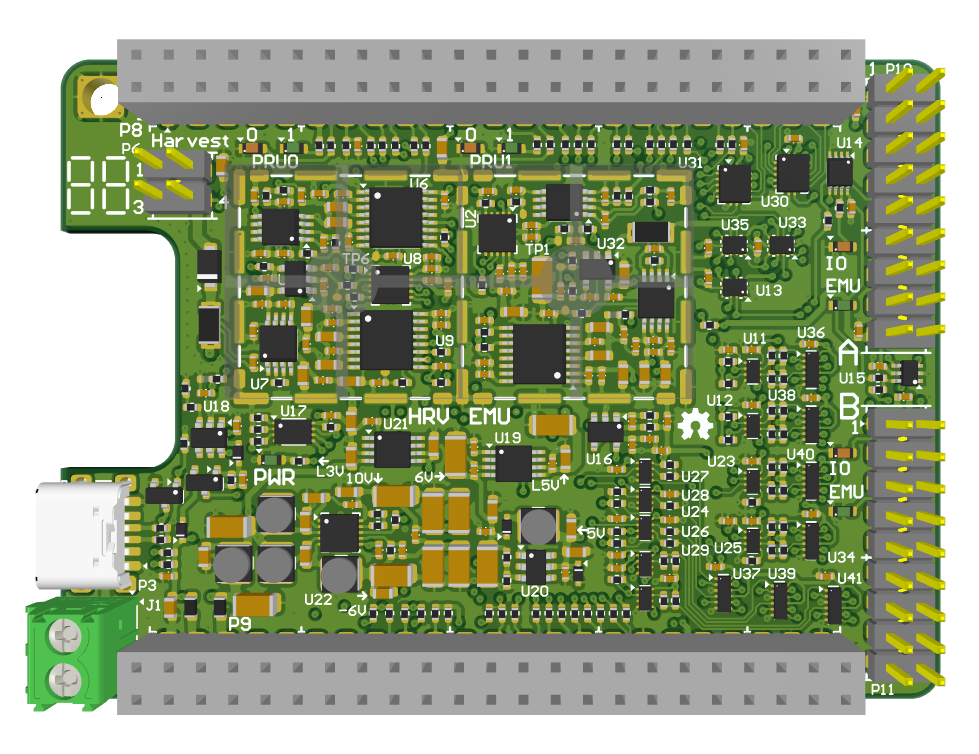
nRF52 FRAM Target v1.0
Target with MSP430 (FRAM) & nRF52 on one PCB
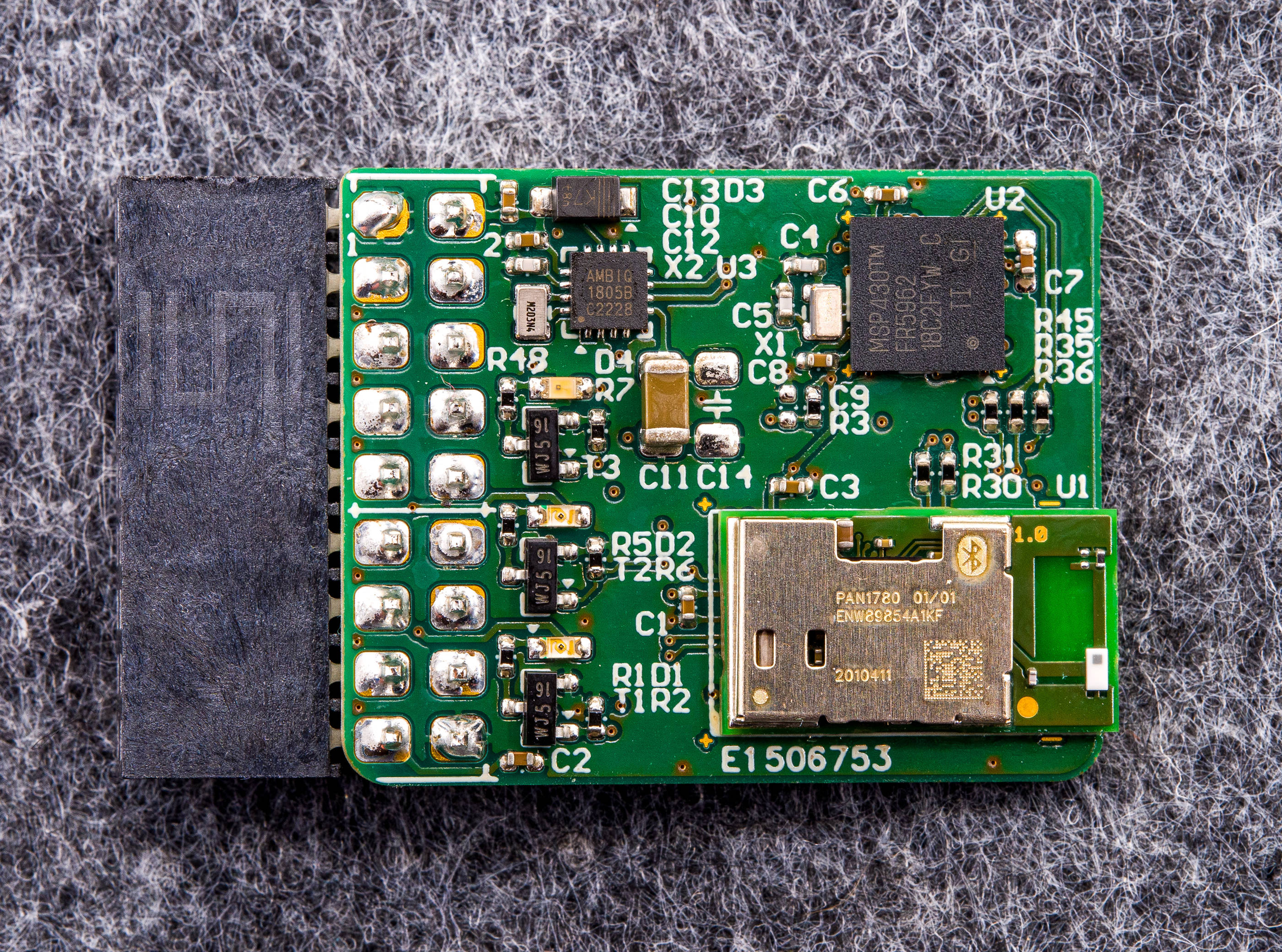
Harvester Circuit
Schematic
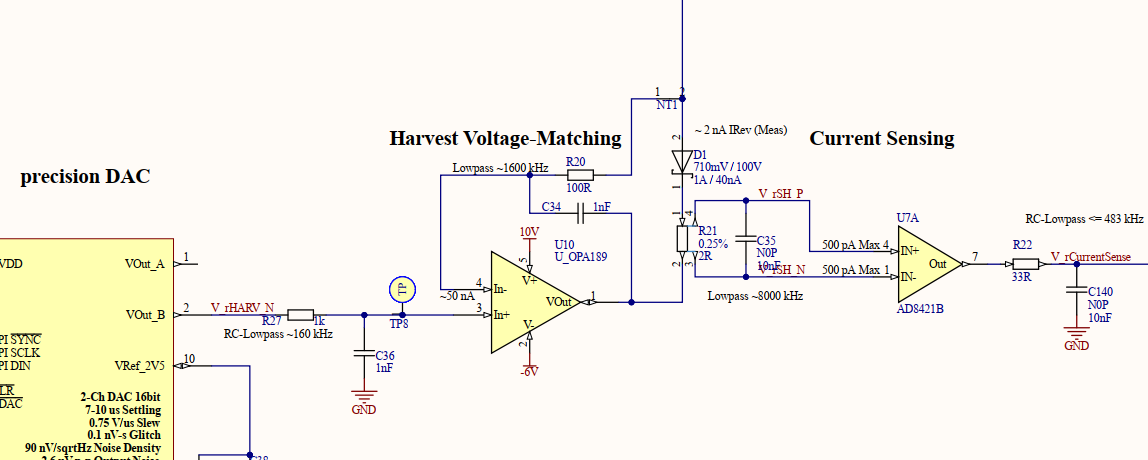
Diode selection
datasheets only promise < 40 nA

Fine tuning Filters
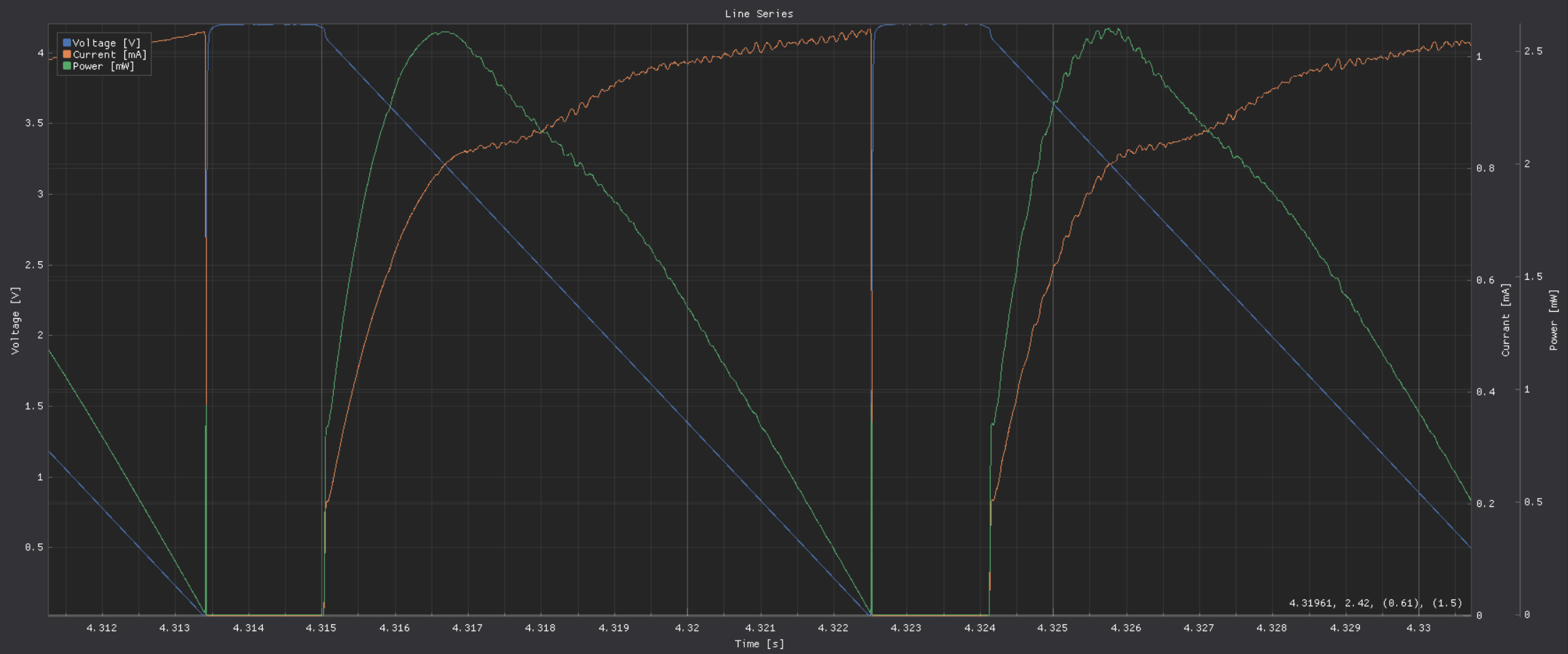
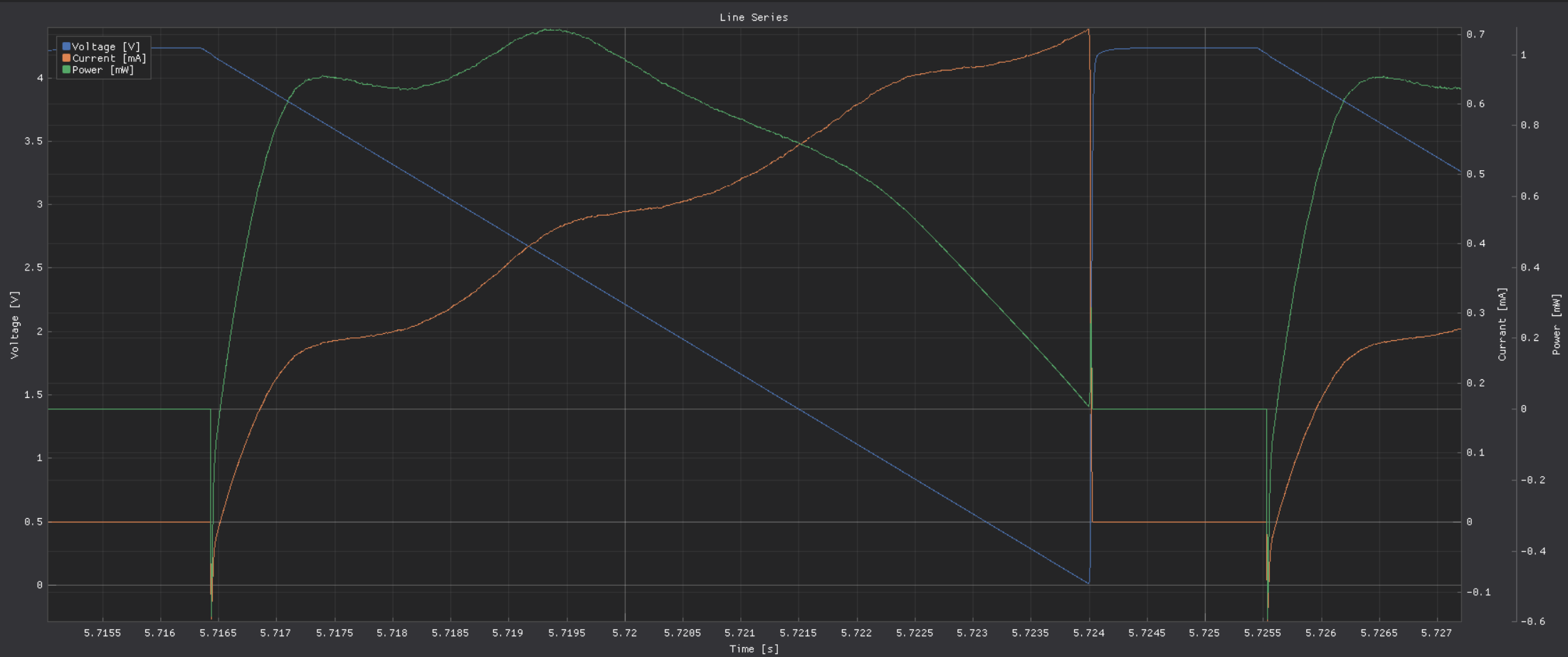
Resulting Performance
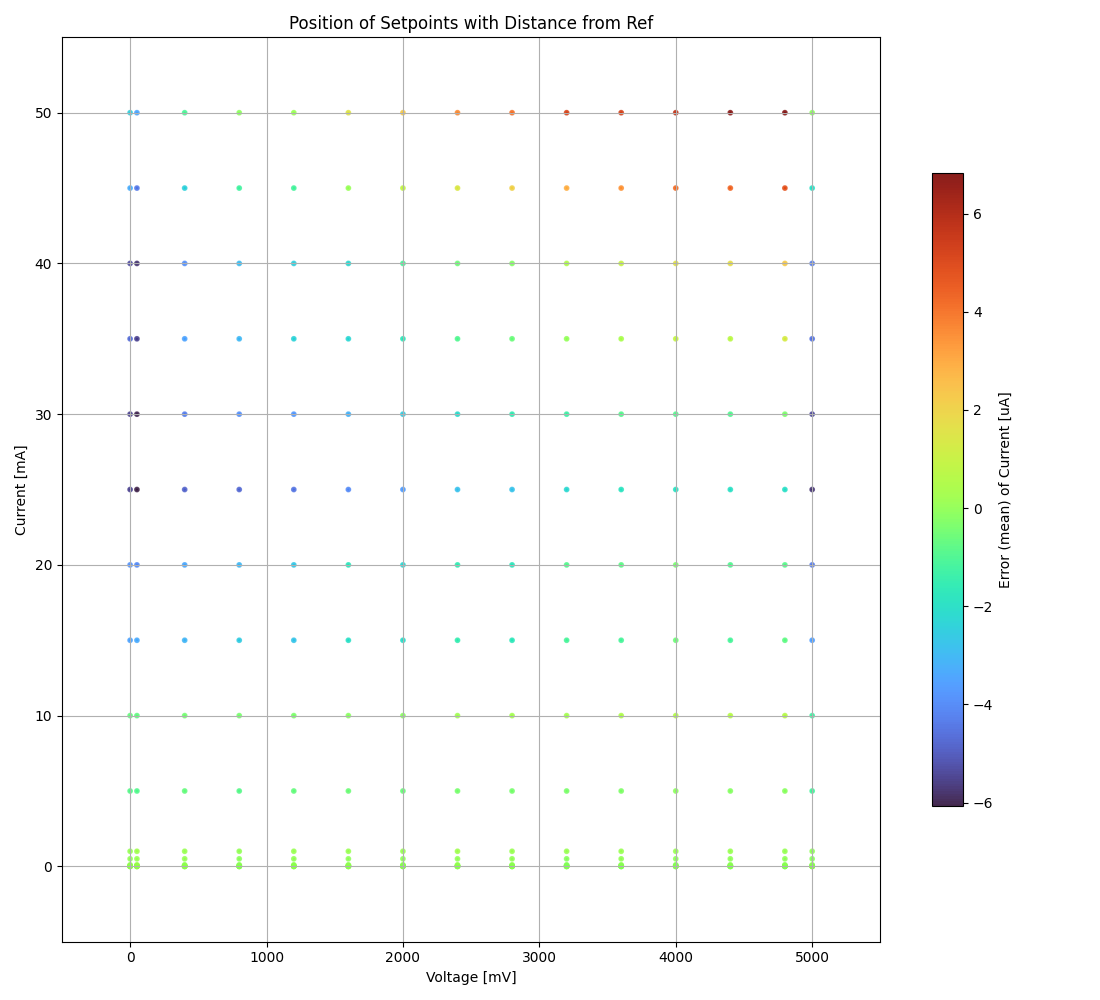
Virtual Harvester
either harvest right away (MPPT, constant voltage) -> iv-stream
or defer the harvesting by sampling ivcurves (or isc & voc)
configurable by 10 parameters
Implemented harvest-algorithms (& parameters)
Algorithm |
Parameters |
|---|---|
ivcurve |
window size, v_min, v_max, wait-cycles, direction |
isc & voc |
wait-cycles |
v-const |
voltage |
mppt-voc |
setpoint, t_interval & t_duration (voc-measurement) |
mppt-po |
v_min, v_max, v_step, t_interval |
Emulator Circuit
lowest resolution, set by software / resistor
DAC 19.53 uV
ADC 190 nA
voltage set in < 8 us
switches and traces get compensated on PCB (Feedback is coming from target-header pin)
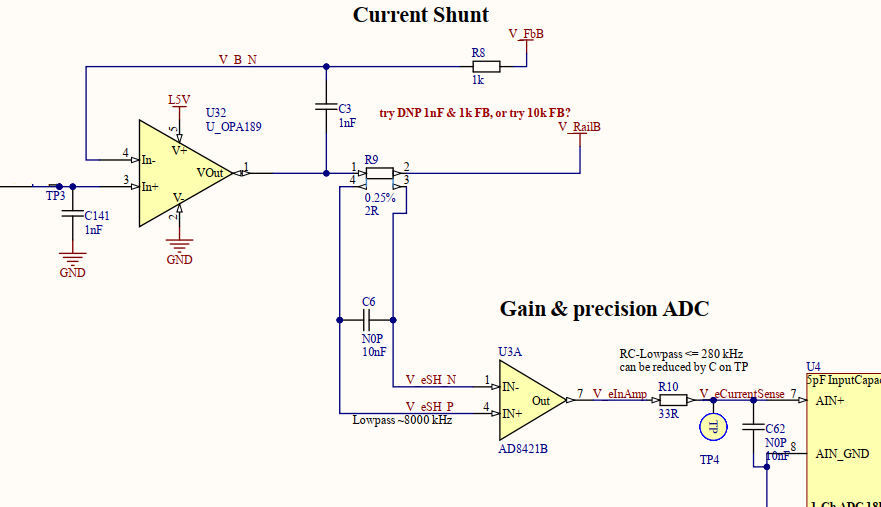
Performance
at 50 mA around 3.8 V are usable without large error

Virtual Source
General Features
integrated into PRU, calculated and updated at 100 kHz
fully customizable per yaml-parameter-set (29+ parameters)
predefined sets by name ie. “virtsource: BQ25504s” for the BQ-Regulator with additional schmitt-trigger for pwr-good
neutral parameter-set is base -> direct throughput
inherit from existing parameter-sets -> only add altered parameters in new set
emulator can either record output or intermediate voltage (storage cap)
naming: source = harvester + converter
design enables users to automate testing of harvesting-setup e.g. by sweeping through parameters like storage-cap-size

Examples for predefined parameter-sets
direct throughput of traces
simple diode + capacitor
buck-boost-converter (e.g. BQ25570) including the power-good-signal and efficiencies of underlying converters
buck-converter (BQ25504)
Input
oneway, imagine a perfect diode at the start so no current can flow back
diode voltage-drop can be configured from 0 to x Volt
maxima for input voltage and current (power limit)
Boost-Converter, optional
enable minimum threshold voltage for input
disable maximum threshold for boost-output (intermediate voltage)
efficiency factor with 2D-LUT (12×12),
depending on input voltage & current
thresholds are configurable in 2^n steps
voltage divisions are linear, depending on lowest threshold
current-divisions are log2, also depending on lowest threshold
example: voltage threshold n=7 is setting first array boundary to 2^7 = 128 uV, so lut[0] is for V < 128 uV, lut[1] is for 128 to 256 uV
Capacitor, optional
capacitance from 1 nF to 1 F
initial voltage
leakage current
switchable output, hysteresis with checks at defined intervals
power-good-signal with hysteresis either in intervals or immediate (schmitt-trigger)
Buck-Converter, optional
fixed output voltage
ldo-drop-voltage, alternatively working like a diode when buck is off or intermediate voltage is below output-voltage + drop-voltage
efficiency factor with 1D-LUT
depending on output-current
threshold is configurable in 2^n-steps
current-divisions are log2, depending on lowest threshold
example: current threshold n=5 is setting first array boundary to 2^5 = 32 nA, so lut[0] is for I < 32 nA, lut[1] is for [32, 64] nA, lut[2] is for [64, 128] nA
Switchable output
simulated external Capacitor - should be set to buffer size of target: fast transients can’t be fully monitored by shepherd
GPIO to Target
GPIO Implementation
Pin-Name |
2nd FN |
Ctrl |
Dir |
Pru-Mon |
|---|---|---|---|---|
GPIO 0 |
dir1-pin |
Rx-Tx |
yes |
|
GPIO 2 |
dir1-pin |
Rx-Tx |
yes |
|
GPIO 3 |
dir1-pin |
Rx-Tx |
yes |
|
GPIO 1 |
dir1-pin |
Rx-Tx |
yes |
|
GPIO 4 |
always RX |
yes |
||
GPIO 5 |
always RX |
yes |
||
GPIO 6 |
always RX |
yes |
||
GPIO 7 |
uart rx |
always RX |
yes |
|
GPIO 8 |
uart tx |
dir2-pin |
Rx-Tx |
yes |
BAT OK |
always TX |
(yes) |
||
SWD1 CLK |
jtag TCK |
always TX |
||
SWD1 IO |
jtag TDI |
pDir1-pin |
Rx-Tx |
|
SWD2 CLK |
jtag TDO |
always TX |
||
SWD2 IO |
jtag TMS |
pDir2-pin |
Rx-Tx |
Sampling frequency of gpio-monitor
legacy -> 160 kHz … up to 1.5 … 2.9 MHz
intermediate -> relatively stable 4.03 MHz, min: 602 kHz, max: 4.55 MHz
current code … tbd
Electrical side
translator: 74LVC2T45GS
470 R line resistor and 100k PU on both sides
analog switch: PI5A4158, ~ 34 pF line-capacitance, [< 20 nA leakage]
previous switch: > 300 pF, < 1 nA leakage
Performance-data
not available atm
previous switch limited to ~ 200 kHz
capacitance on line is ~ 1/10, resistance ~ 1/2 -> 2 MHz should be fine
Logging of system parameters while recording
io calls
cpu usage
nw usage
ram usage
Time-sync
shepherd V1 started with +- 2.4 us error
improvements on PRU-Level helped to push the boundaries
also important: hardware-accelerated network-switch
tbd: cisco-switch in TUD has layer 3 routing and >doubled spec -> could improve sync
Error between nodes
q95% is < +- 200 ns

Jitter between Trigger-Events (local)
q95% is around +- 50 ns (10 pru cycles)
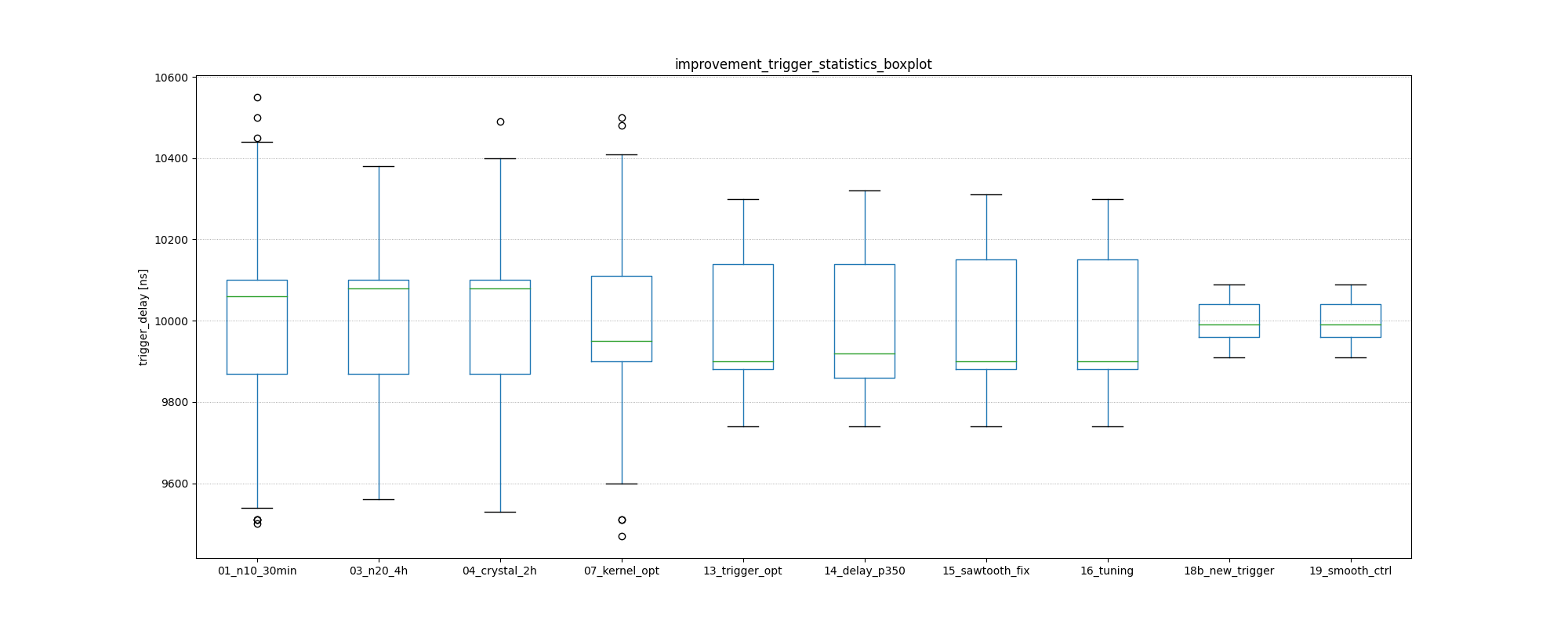
Datalib
API for py and cli
read, write (and generate) shepherd-files
check for plausibility and validity
extract data and metadata, convert, downsample, plot, repair
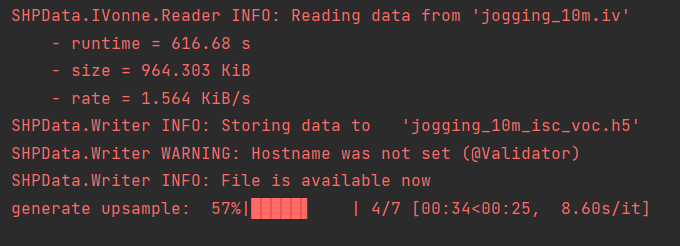
Plotting
Multiplot for different harvesting strategies: ivcurve, isc / voc, voc-harvester and optimal po-harvester:
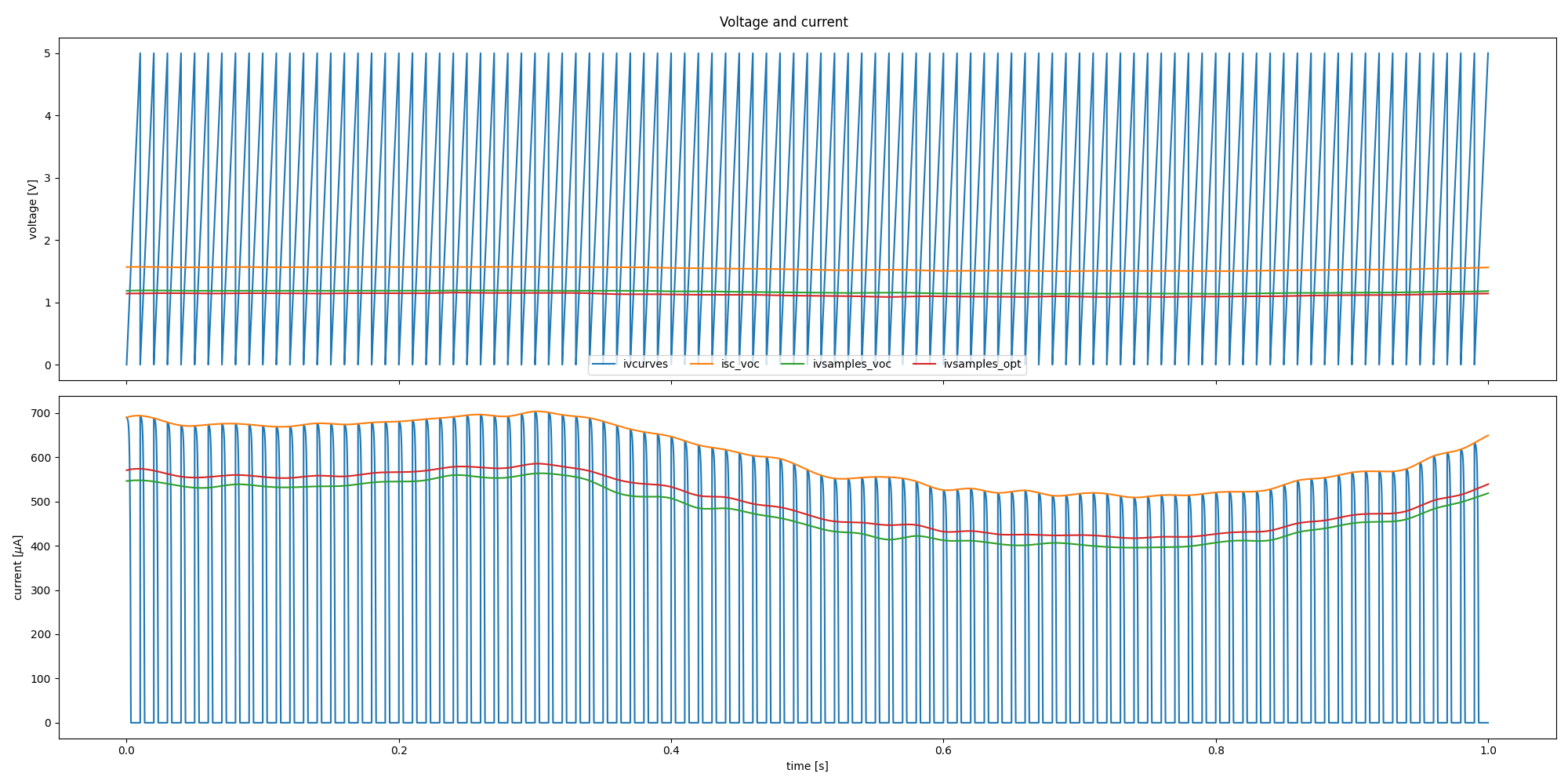
TODO
test-performance - MEAN error current
add Overview-Schematic at the beginning